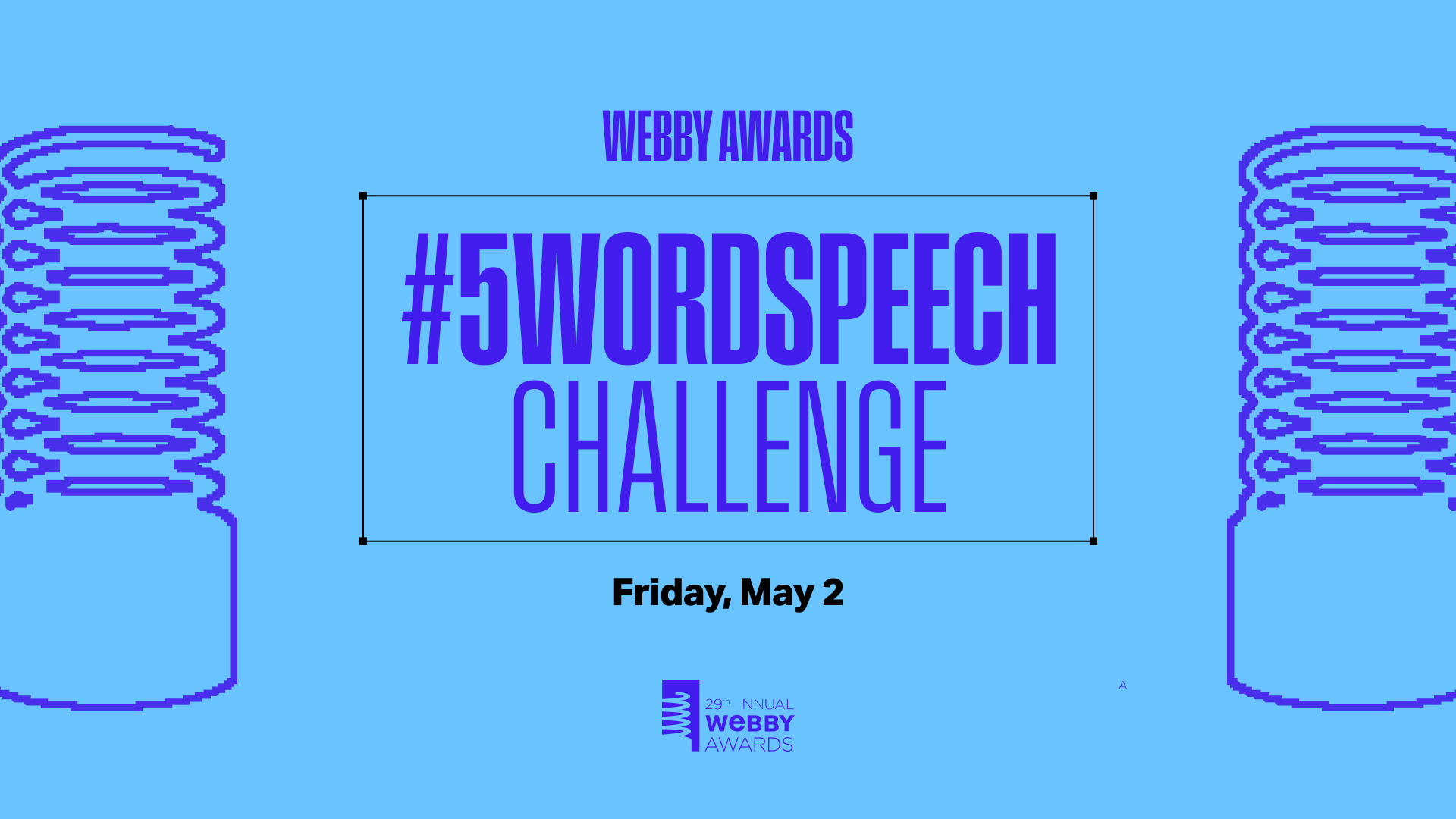As Game Director, David Hohusen has a hand in the development, production & design of the Playdots, Inc. suite of apps, making him a magi of the mobile games sphere of sorts.
Watch
Dots' 20th Webbys 5-Word Speech!
What about the Dots family of games makes them so popular and groundbreaking? Could you attribute it to anything in particular?
I think it all boils down to a passion for making great games. There isn’t a single person at Dots that doesn’t love our games in some aspect or another. Whether it’s the code, the aesthetic, the game design or all of the above. When you have that much passion about something you’re working on, you put a bit of yourself in it. People can sense that. That’s what it takes to make great games.
The mobile game space is a crowded marketplace. What do Game Directors such as yourself need to do in order to continue to create standout work?
It’s a fine balance of drive and humility; you have to live and breathe this stuff. Similar to film directing, the director on a game is never going to be the best at everything on a project. There will be a better game designer, a better graphic designer, and certainly better developers. Still you need to strive to be as good as the specialists on your team, otherwise you’re going to have a hell of a time setting the right course for a project. Having a vision is important, but knowing how to bring a vision to life as a collective group of makers is the key to success.
“ Having a vision is important, but knowing how to bring a vision to life as a collective group of makers is the key to success.”
Games like Dots appear simple and intuitive, but what was one risk-taking chance you guys took to make it?
Just making Dots was a risk in itself. Patrick Moberg (founder and creator of Dots) and myself had never made games before—neither did the majority of the first ten Dots hires. There was always the risk that things could have ended up going south, but I don’t think that really gave us much pause. We were more caught up in the excitement of the experience we were making, and a bit naive about the challenges that we would face along the way.
What breakthrough in design do you think will change the way mobile games appear and are experienced?
It may not be a breakthrough in design as much as it will be a group of people taking design principles from another field or medium and bringing them into games.
What is a recent innovation in mobile software that’s opened up the field, especially in your work?
Version 5.4 of Unity. Unity is the 3D game engine that we use to make all of our games at Dots. We’re working on some new stuff now that would have been impossible for us to create back in 2013 or 2014.
What was the last game that really stood out and pushed the boundaries of the field to you?
I tend to be more impressed by a game’s polish and intuitive on-boarding instead of any flashy new technology. For example, I found Clash Royale a particularly strong title because it took lessons and inspiration from other real-time strategy games and amalgamated them to create something refreshing and new.
More and more people play games on their phones. Why do you think this is and do you see the games industry trending towards a focus on mobile?
This industry trend is simply an issue of volume. It’s kind of impossible for any game console to try and compete with smart phones and tablets. The Playstation 4 had a tremendous year with 40 million units sold. Compare that to Apple’s 48 million iPhones sold in Q4 of 2015. That’s just one device by one brand compared to the most successful current generation’s entertainment console.
Thanks, again to David. If you’re not already playing one (all?) of the Dots family of games yet, check them out on their site.
Stay tuned as we introduce the rest of our Internet Or Die partners as part of the 21st Annual Webby Awards. Don’t forget, the Early Entry Deadline is December 16th, 2016—Enter today!



 Twitter
Twitter


